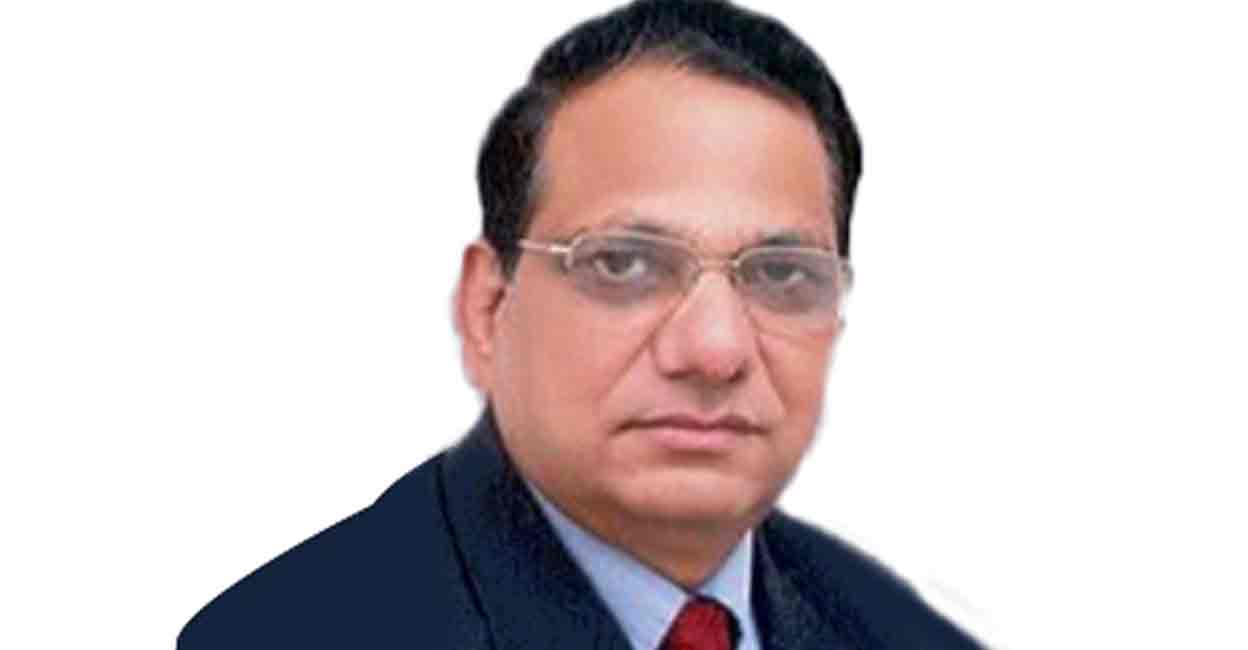Opinion | COVID dead, WHO, NITI Aayog, and the concept of Maya

Mail This Article
A World Health Organisation (WHO) report earlier this week said India has under-reported COVID death figures. The WHO said the fatality count is 4.8 million, instead of 4.7 lakh as reported by the Union Health Ministry. The ministry has objected to the WHO estimates, saying that the means of arriving at the figure is flawed.
The official Indian position is that the government had supplied to the WHO data from the Civil Registration System (CRS) that records deaths, including those deaths resulting directly from COVID, and that the CRS system is ‘robust'. Despite the availability of this data, the WHO has based its study on ‘media and random websites;’ and from these built-up mathematical models for computing their final figures. In short, the WHO has been random, speculative, and attributive in its methodology, according to the government.
The core of the WHO argument actually is based on the possibility that the Indian government has not taken into account co-morbidity casualties as well as the fact that many may have died in the period when the pandemic raged on account of the patients’ inaccessibility to health care because the system was overburdened and in many places non-existent.
The government says this is unfair. Yet when in August 2020, it became clear that Kerala, whose CPM government — and the civil society that supports it by habitually celebrating the virtues of Kerala’s ‘progressive’ model of governance — was not releasing actual figures.
At the time, the Kerala government, headed by Pinarayi Vijayan (the health minister then was K K Shailaja), the situation was under control. The government figure for COVID deaths, as reported by the media in the August of that year, was around 200. The final Kerala toll was just short of 70,000. Thousands must have died by August that year.

The Union government, irked by the civil society’s proud claims over the ‘Kerala model', which showed the Modi government’s handling of the virus in a poor light, constituted a panel investigating the matter. The panel said rather — ironically in retrospect — that the procedure of counting COVID deaths should be in accordance with the criteria prescribed by the WHO, and ICMR.
This is not to let the Kerala government, never found wanting in hiding or obfuscating figures, off the hook. But the Union government at that point had insisted that Kerala follow the WHO criteria. It is not consistent, even if expedient, then, to go against the WHO estimates now.
In any case, as far as one can gauge the officialese of the WHO, the organization is not saying its toll tally of 4.8 million is the direct result of the pandemic.
The Indian reality has always been a bit curious in a rather fluid and mystic way. For instance, the recommended WHO ratio of doctor/people is 1 to 1000. In Parliament recently, it was ‘revealed’ that India had already more than met this recommended ratio. India had one doctor for every 834 people. Except that the government included not only allopathic graduates but also ayurvedic and unani practitioners, homeopaths, and other traditional healers under the name of doctors — which may not be a bad thing after all. Who is to say this is wrong if they are bringing even a little measure of relief to the ailing? But, certainly, it complicates matters. The statement at once becomes both true and false.
It is possible that both the WHO and the Indian government are looking at the same virus and seeing different things, a characteristic perceptual fallacy that makes us susceptible to seeing in reality what we would like to believe in.
According to NDTV, Dr Prabhat Jha, one of the experts who helped process the numbers for the WHO, both the Indian and WHO figures are pretty much the same.
Dr Jha is reported to have said: "I accept these (WHO) numbers and, in fact, the Indian government's release of the Civil Registration System Data of 2020 corroborates the WHO estimates for 2020 and let me explain how. There were 8.1 million deaths in 2020 recorded in the CRS. If you compare that to the average of the two previous years, ... the difference is 0.8 million deaths. What is the WHO's estimate for 2020 deaths? It's 0.8 million deaths. What is our estimate based on the national polling death? Well, it's 0.6 million deaths, but we only covered eight months.”

But, NITI Aayog member, Dr VK Paul, would not agree, if only because he represents NITI Aayog, a government body, exactly like Dr Jha would be on the WHO team: "We have … a robust Civil Registration System (CRS). We released that report yesterday (Wednesday) and we have an actual count of deaths for 2020... the 2021 numbers will also come up. The Civil Registration System of India provides accurate estimates emanating from the ground, certified and validated by the district and the state administration. We want them (the WHO) to have used these numbers. Unfortunately, despite our emphatic writing and communication at the ministerial level, they have chosen to use the numbers that are based on modeling and assumptions," Dr Paul said.
You see? Both the WHO and the Indian Government are using apparently the same set of figures, and yet the results are drastically different. We are right in the middle of Maya here. The only truth is that the dead will not come back. But in these strange days, even that might happen.
(C P Surendran is an author and senior journalist. Views are personal.)


